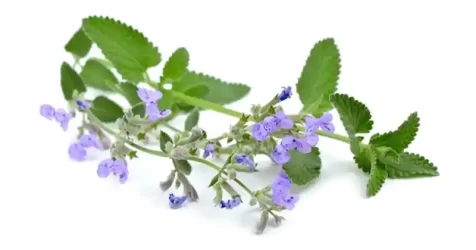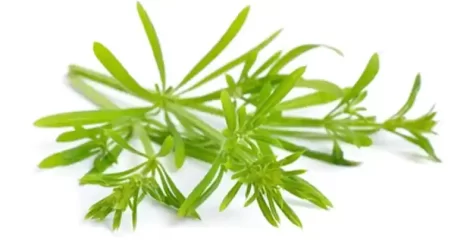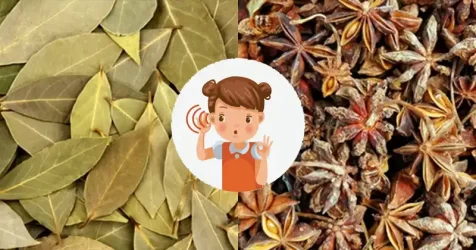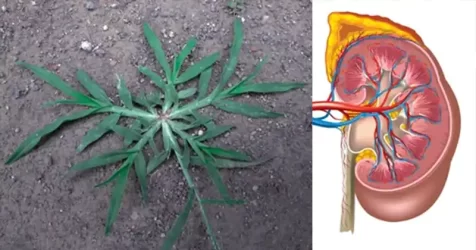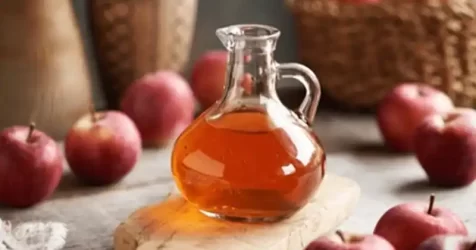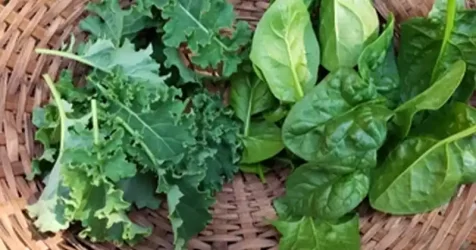Peppergrass (Lepidium virginicum): A Natural Remedy for Respiratory Health

Peppergrass (Lepidium virginicum), also known as Virginia pepperweed, is an often-overlooked herb that grows in fields, roadsides, and gardens. Despite its common appearance, peppergrass holds a wealth of medicinal properties, particularly when it comes to supporting respiratory health. Traditionally used as a natural remedy for colds, coughs, and respiratory congestion, this powerful herb can help clear the airways and provide relief from various respiratory ailments. In this article, we will focus on the main respiratory benefits of peppergrass and how you can effectively use it at home.
Main Use: Supports Respiratory Health
The primary use of peppergrass is its ability to aid in respiratory relief. The herb contains natural expectorant properties, which help to loosen and expel mucus from the lungs, making it easier to breathe. This makes peppergrass a valuable remedy for common respiratory issues, including colds, coughs, bronchitis, and sinus congestion.
Top Benefits of Peppergrass
1. Expectorant Properties
Peppergrass is known for its natural expectorant effects, which help to break down and remove excess mucus from the respiratory tract. By loosening phlegm, it assists the body in expelling mucus more effectively, providing relief from congestion and promoting clearer breathing.
2. Eases Cough and Congestion
Peppergrass has been traditionally used to soothe coughs and alleviate chest congestion. Its warming and slightly spicy nature helps to stimulate circulation and open up the airways, making it a useful herb for relieving symptoms of colds and respiratory infections.
3. Supports Sinus Health
The herb’s natural decongestant effects can also help with sinus congestion. Inhaling steam infused with peppergrass can provide relief from stuffy noses, sinus pressure, and headaches related to sinus blockages.
4. Anti-inflammatory Benefits
Peppergrass contains compounds that have anti-inflammatory properties, which can help reduce inflammation in the respiratory tract. This is particularly beneficial for individuals with bronchitis or other respiratory conditions that involve swollen and irritated airways.
How to Use Peppergrass for Respiratory Relief
There are several effective ways to use peppergrass at home to support respiratory health. One of the most common methods is to prepare a peppergrass infusion or tea, which can help soothe the throat and alleviate respiratory symptoms.
Peppergrass Tea Recipe
Ingredients:
- 1-2 teaspoons of dried peppergrass leaves and seeds
- 1 cup of boiling water
- Honey or lemon (optional)
Instructions:
- Measure the Herb: Place 1-2 teaspoons of dried peppergrass leaves and seeds into a tea strainer or directly in your cup.
- Add Boiling Water: Pour 1 cup of boiling water over the herb. Let it steep for about 10-15 minutes.
- Strain and Serve: Strain the tea to remove the herb pieces. Add honey or lemon if desired, as both can enhance the tea’s soothing effects on the throat.
- Drink Warm: Sip the tea slowly while it’s warm. It can be consumed up to 3 times a day for relief from respiratory symptoms.
This tea is an excellent way to harness the expectorant and decongestant properties of peppergrass, helping to clear the lungs and sinuses.
Additional Ways to Use Peppergrass
1. Steam Inhalation
For quick relief from sinus congestion, you can use peppergrass in a steam inhalation.
Instructions:
- Boil a pot of water and add a handful of fresh or dried peppergrass leaves.
- Remove the pot from heat and place your face over the steam, covering your head with a towel.
- Inhale the steam deeply for 5-10 minutes, allowing the vapor to loosen mucus and clear your airways.
2. Herbal Tincture
Peppergrass can also be made into a tincture for respiratory support. Simply take a few drops of the tincture diluted in water up to 3 times a day to help with congestion and cough relief. Tinctures are a potent and convenient way to use peppergrass, especially if you don’t have time to make tea.
Precautions and Safety
While peppergrass is generally safe for most people, there are a few considerations to keep in mind:
- Pregnancy and Breastfeeding: Avoid using peppergrass if you are pregnant or breastfeeding, as there is limited research on its safety during these periods.
- Medical Conditions: If you have any existing respiratory conditions like asthma, consult a healthcare professional before using peppergrass, as it may interact with certain medications.
- Allergies: Perform a patch test if you are using peppergrass topically or trying it for the first time, especially if you are allergic to plants in the mustard family (Brassicaceae).
Peppergrass (Lepidium virginicum) is a powerful yet underappreciated herb that can offer substantial benefits for respiratory health. Its natural expectorant and decongestant properties make it an excellent choice for alleviating colds, coughs, and sinus congestion. Whether you prepare a simple tea, use it in a steam inhalation, or make a tincture, incorporating peppergrass into your herbal routine can provide natural relief from respiratory discomfort.
As with any herbal remedy, it’s important to use peppergrass mindfully and consult a healthcare professional if you have any concerns. Embrace the healing power of this versatile herb and breathe easier with the natural support it provides.
Disclaimer: This article is for informational purposes only and does not constitute medical advice. Always consult a healthcare provider before using any new herbal remedies, especially if you are pregnant, nursing, or have existing health conditions. Use herbs responsibly and enjoy the natural benefits they can offer.

